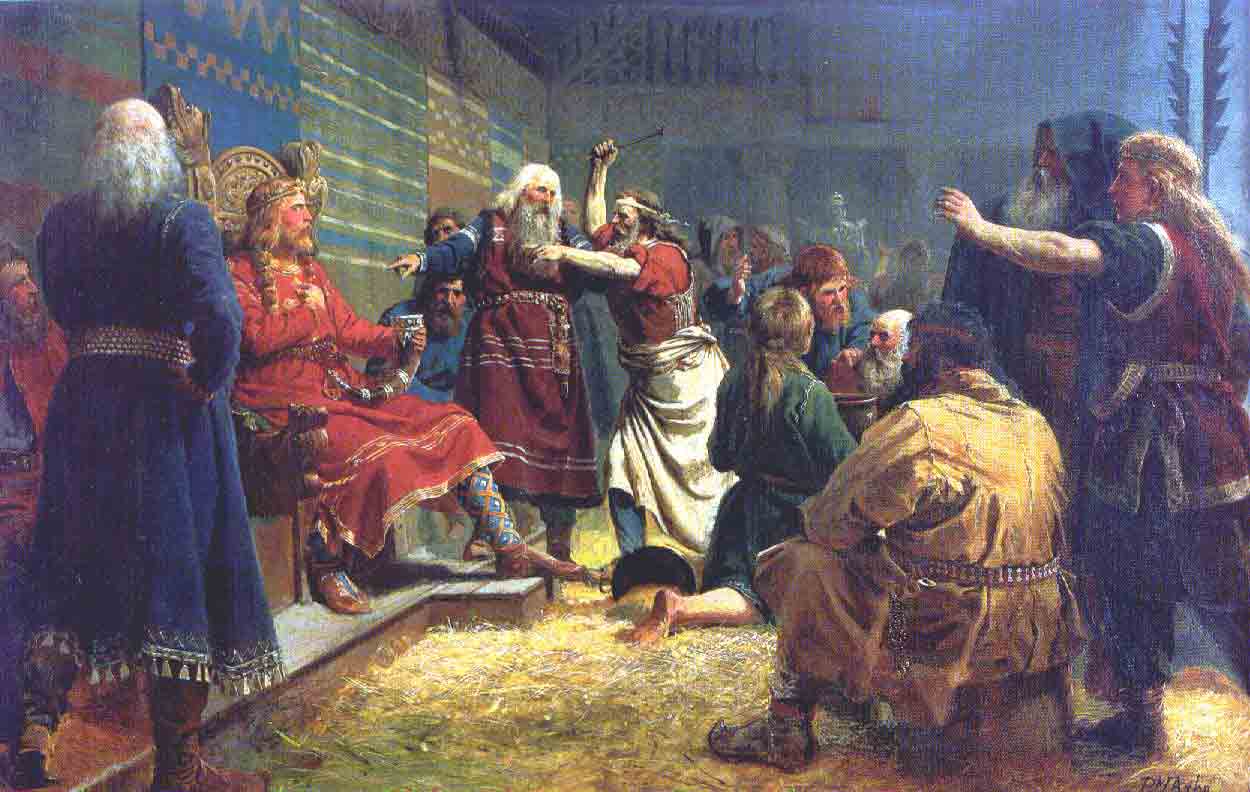
Håkon den Gode i juleblótet på Mære, malt av Peter-Nicolai Arbo
Freyr’s sacred animals are sacrificed
Jólablót means sacrifice. Sacrifices were made to the gods Odin, Thor and Freyr. When you sacrificed to the gods, animal blood was smeared on statues of the gods. Then the meat was eaten. Before the meal, the food was blessed. It was mostly pigs that were sacrificed.
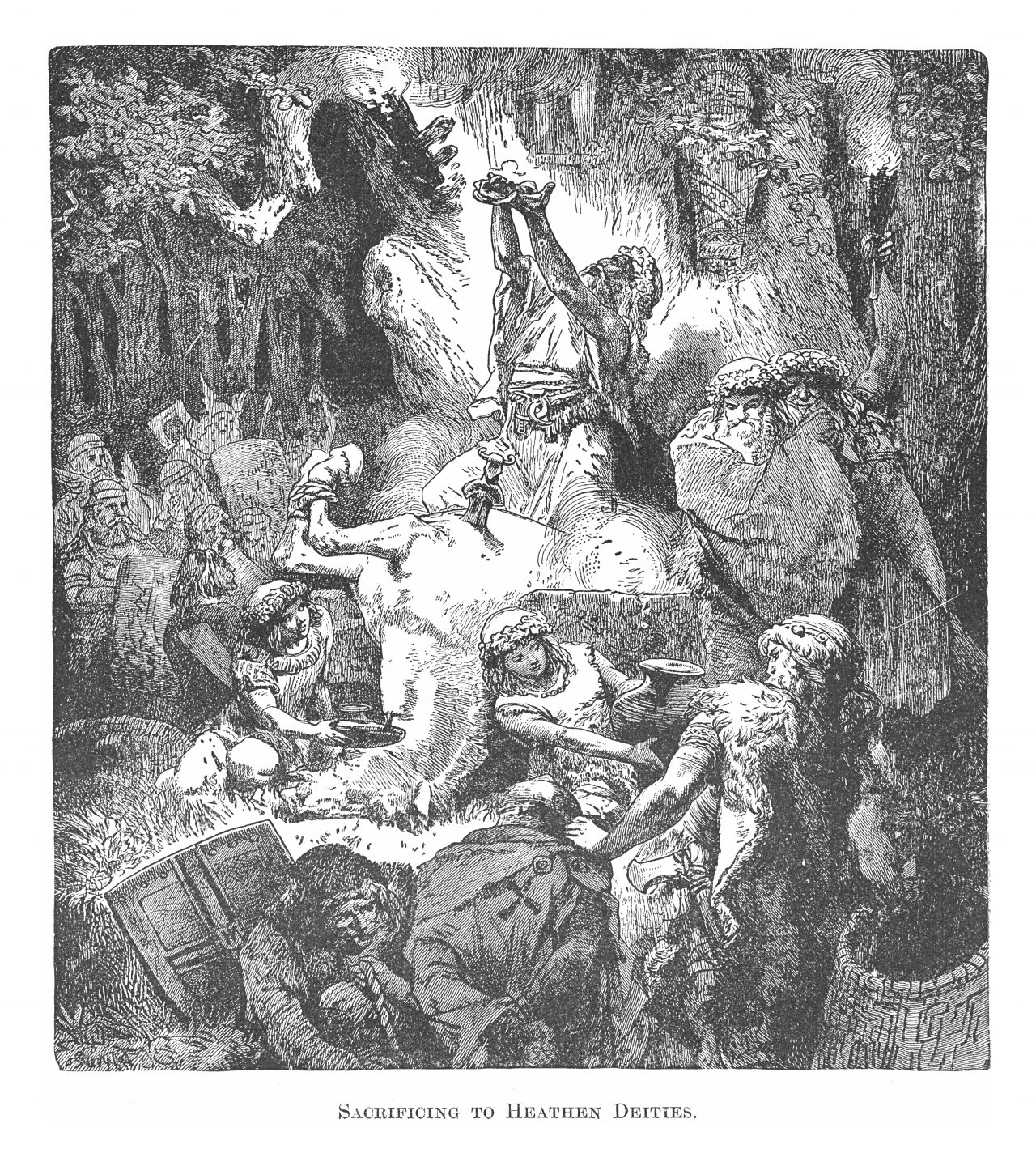
Not brewing beer for Christmas was a criminal offence
Beer was seen as a sacred drink and was a part of honouring the gods. A Norse poem said: “Out (at sea) he (the king) wanted to drink Christmas.” To drink Christmas means to celebrate Christmas. This was so important that it became obligatory by law to make beer for Christmas. If you broke the law too many times, your farm could be taken away and given to the king.
By making sacrifices and drinking to the gods, people were hoping for fertile land, good crops and peace.
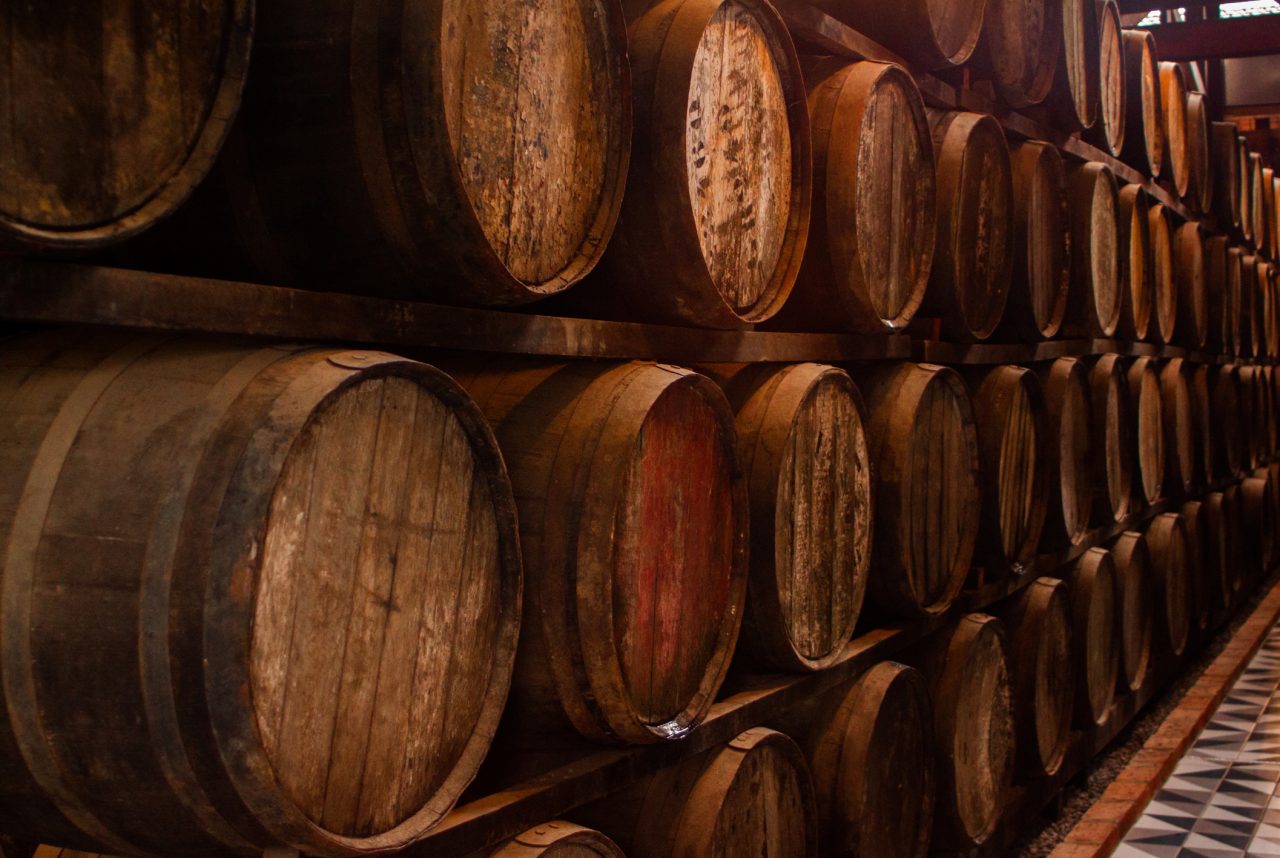
Oppbevaring av drikke i tretønner stablet opp på hverandre
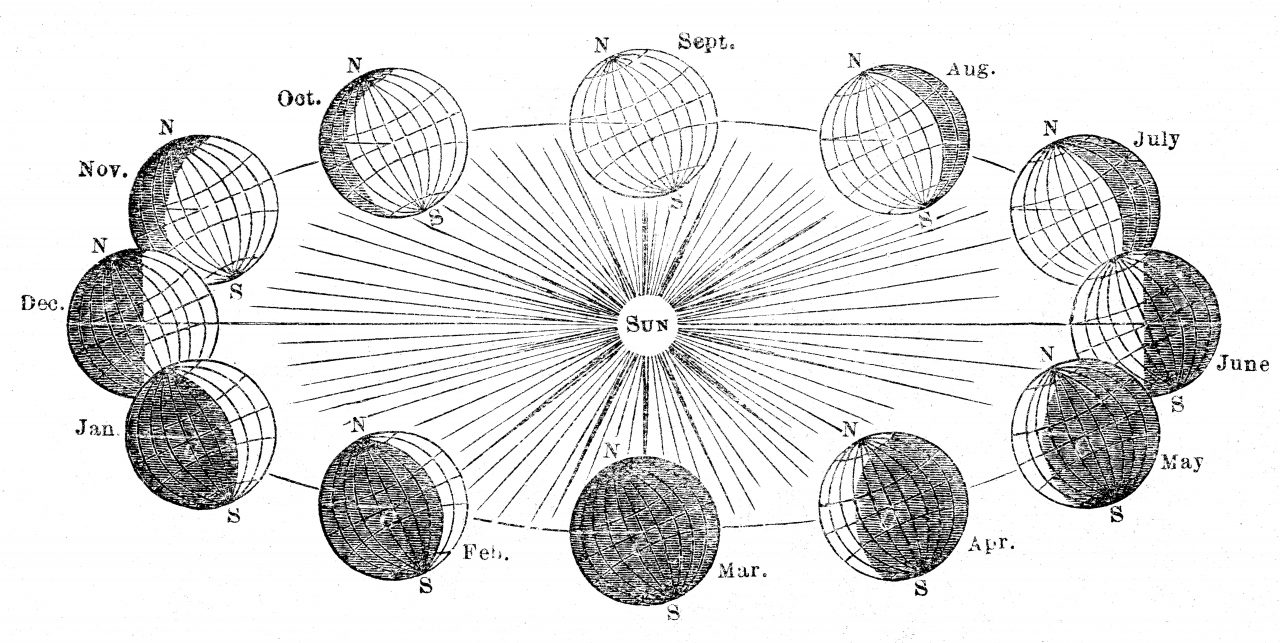
Illustrasjon av solverv 1881
The Roman sun God
Christianity had been known for a long time in the Roman Empire when a ruler named Aurelian introduced the Sol Invictus cult as a state religion. This was in the year 274. The ruler became the messenger of god, so if you denied him power, you insulted god.
⬅ In some places this god was named Mitra.
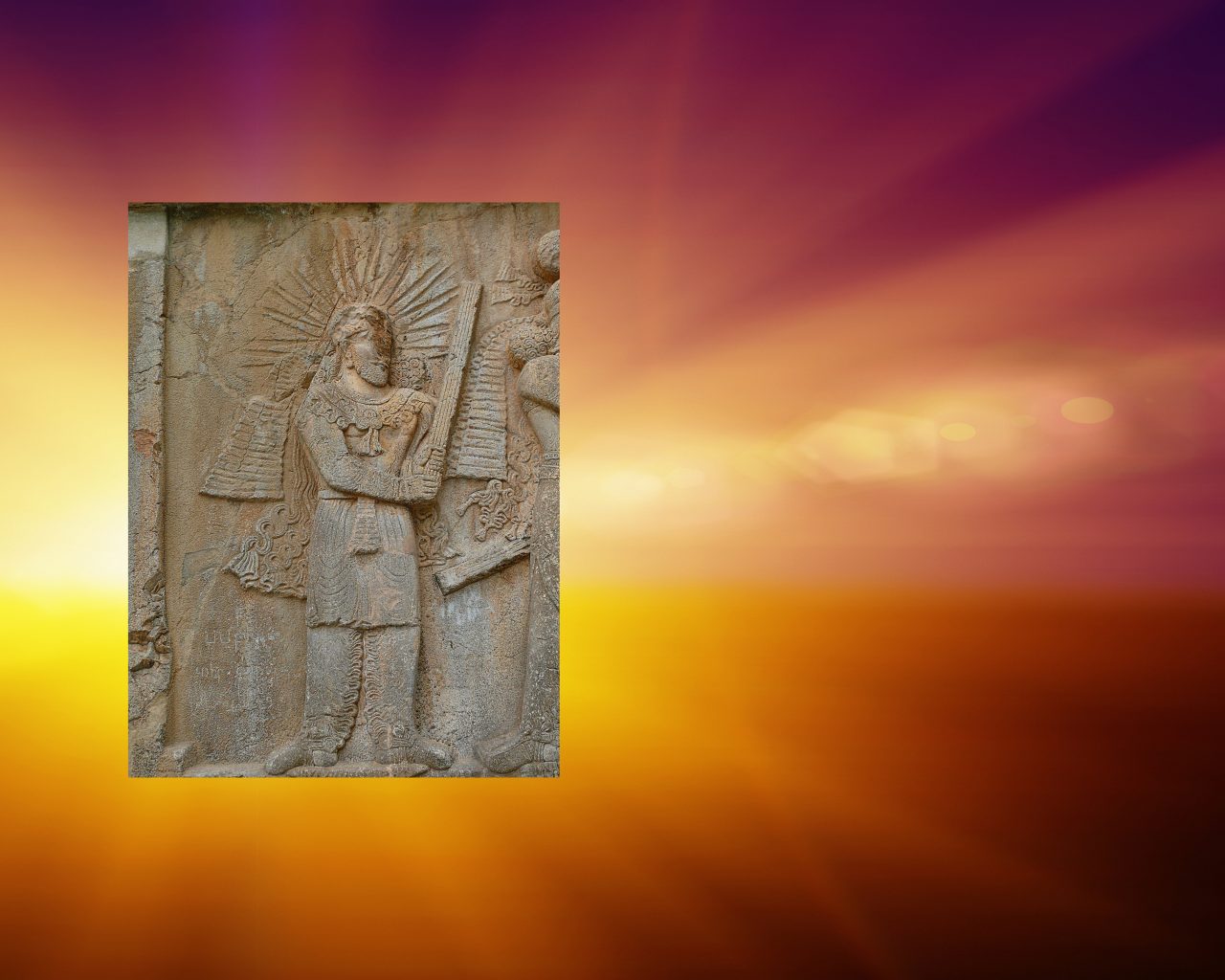
Romerrikets solgud, Mitra
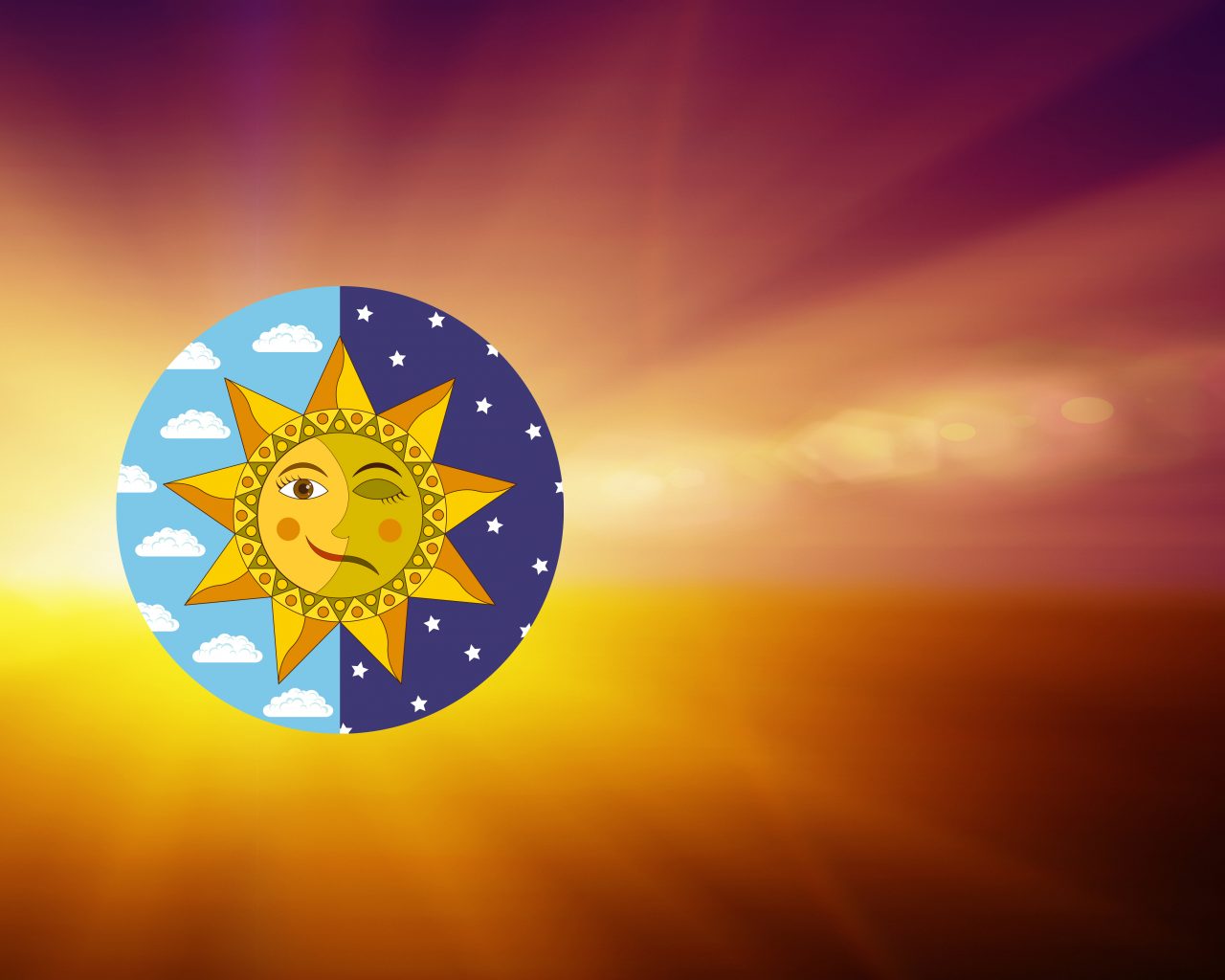
Illustrasjon av Vintersolverv
Christianity becomes the state religion
Rulers in the Roman Empire became interested in Christianity in the early fourth century, and in 380, Christianity became the state religion of the Roman Empire. At this point, other religions were forbidden.
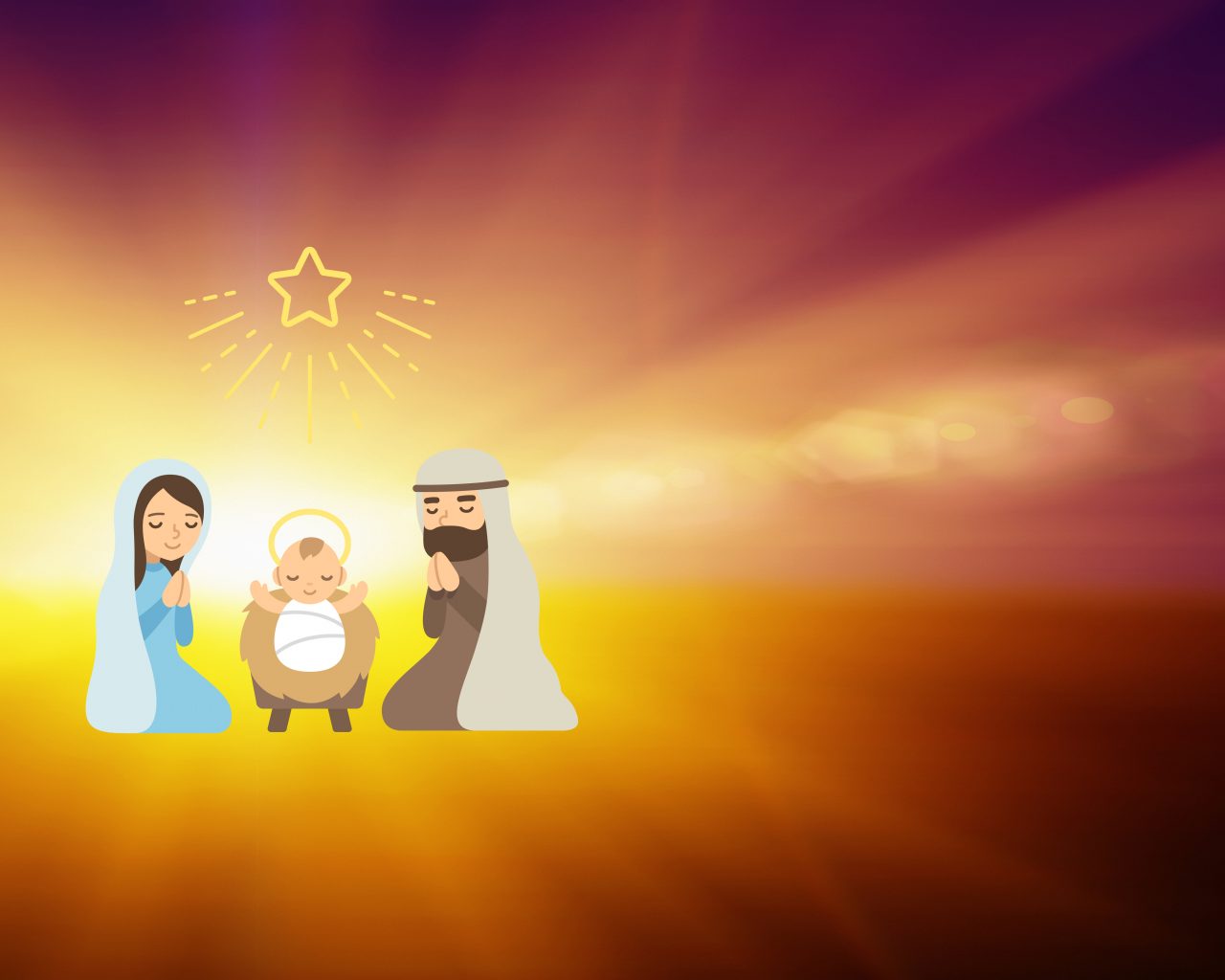
Illustrasjon av Julekrybben
The three wise men
The most important holiday for Christians was Easter, the rebirth of Jesus. It wasn’t the birth of Jesus they celebrated, but the three wise men who gave gifts to the baby. This celebration was on January 6th.
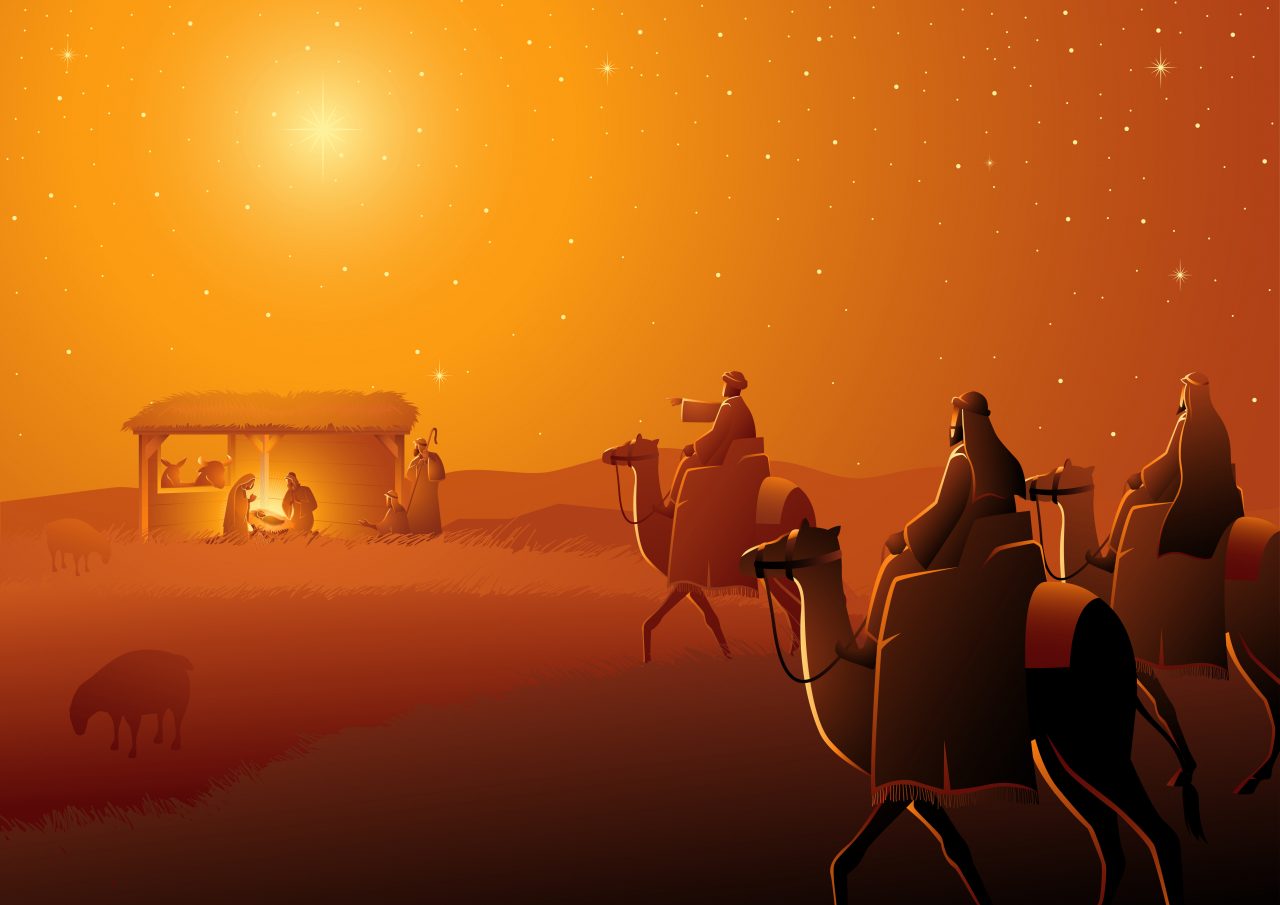
Illustrasjon av De tre vise menn
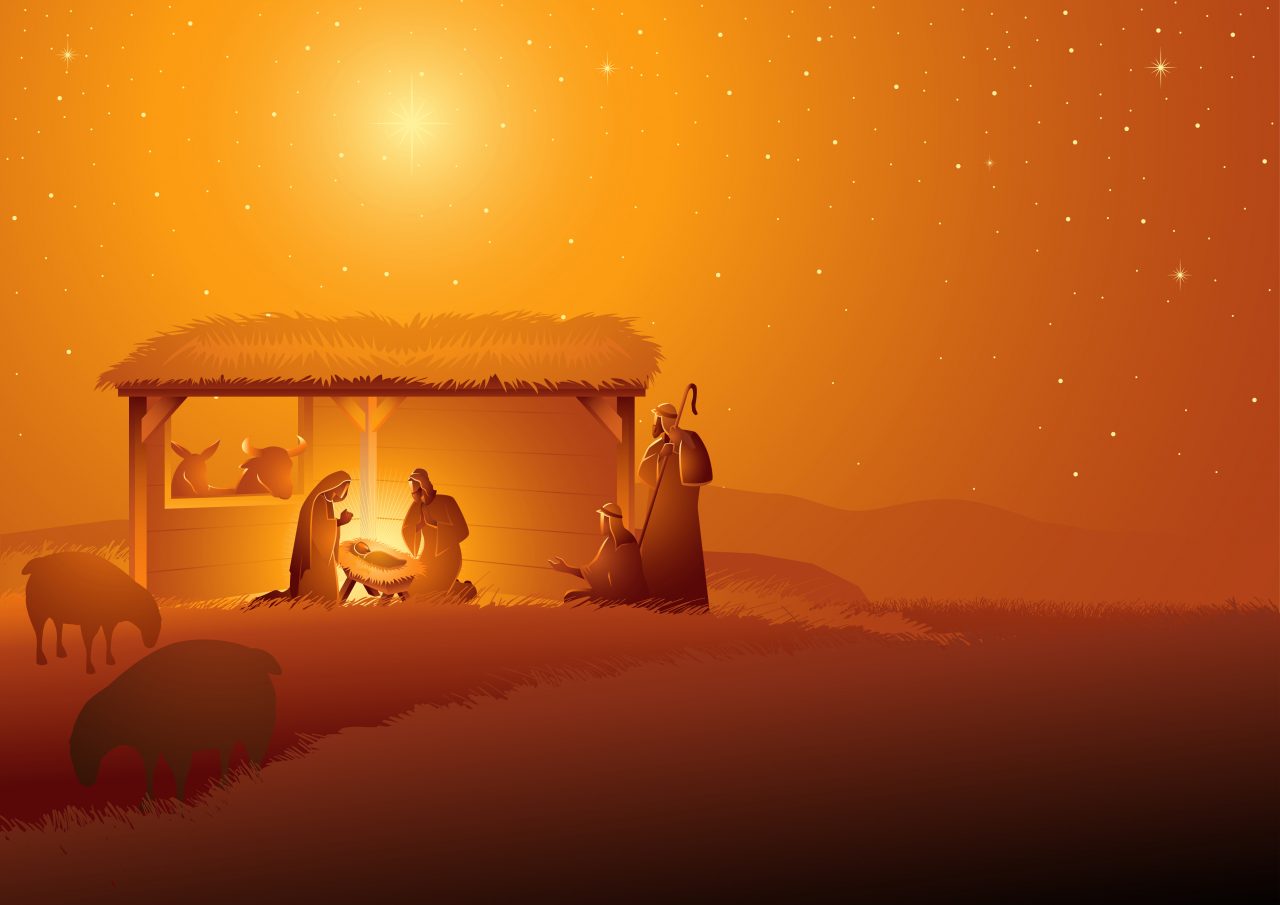
Illustrasjon av Den hellige familien i stall
December 25th becomes the Christian holiday
It was Pope Julius I who in 350 decided that the birthday of Jesus should be celebrated on December 25th. This was the same day that the sun god had been celebrated.
It took several hundred years before the celebration of Christmas came to Norway and the Nordic countries. You can read more about this in the article ‘Christmas comes to Norway’
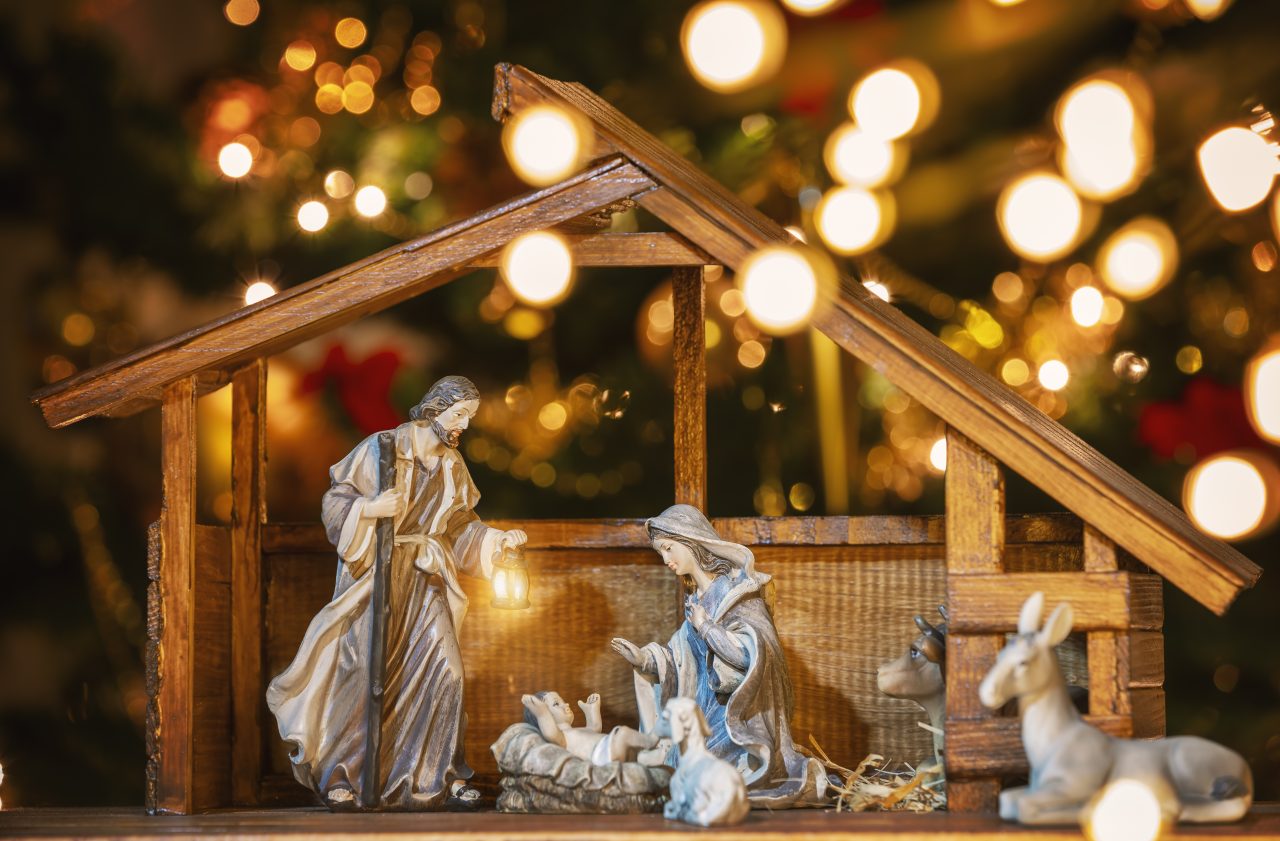
Bilde av figurer som skal forestille Julekrybben
The origin of Christmas – a cartoon
Sources:
- Historien om Jesus og hans samtid (2020)
Orage Forlag AS
- uit.no (13.11.2020): Når begynte nordmenn å feire jul?
https://uit.no/nyheter/artikkel?p_document_id=398207
- Forskning.no (13.11.2020): Gleðileg jól
https://forskning.no/jul-sprak/gleileg-jl/945493
- human.no (13.11.2020): Juletradisjoner og julens historie
https://human.no/artikler/jul-og-julefeiring/julens-historie/
- historienet.no (13.11.2020): Vikingenes jul var preget av alkohol
https://historienet.no/sivilisasjoner/vikinger/vikingenes-jul-var-preget-av-alkohol
- imperiumromanum.edu.pl (13.11.2020):
https://www.imperiumromanum.edu.pl/en/roman-religion/gods-of-ancient-rome/list-of-roman-gods/sol-invictus/
- Fjordtours.com (10.11.22): Viking Christmas
https://www.fjordtours.com/inspiration/articles/viking-christmas/#:~:text=Every%20December%20the%20Vikings%20would,spirits%20for%2012%20days%20straight.
Media Rights:
-
-
Peter-Nicolai Arbo
-
Getty Images
-
Getty Images
-
Getty Images
-
Getty Images / Dynamosquito (CC BY-SA 2.0)
-
Getty Images
-
Getty Images
-
Getty Images
-
Getty Images
-
Getty Images
-
truTV – YouTube
-


